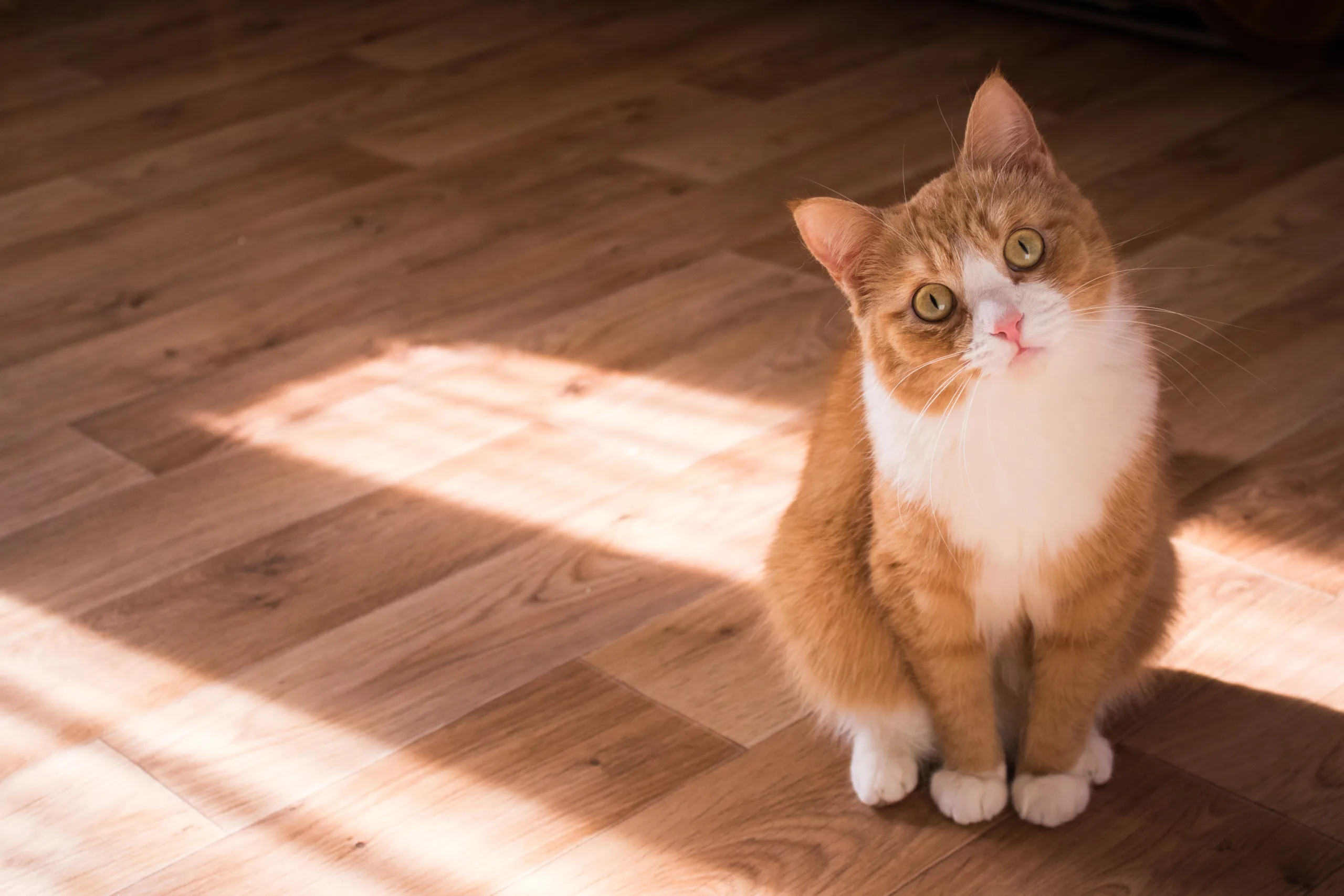Cats are renowned for their independent nature, often leading people to believe that they require minimal attention compared to other pets. However, every cat has its unique personality and preferences. Understanding your cat’s individual needs for attention is key to fostering a happy and fulfilling relationship. In this article, we’ll explore the amount of attention cats typically need, signs of insufficient attention, and strategies to ensure your feline friend’s well-being.
For more about cats click here
The Varied Spectrum of Feline Attention
Cats, like people, have different temperaments and preferences. While some cats may be content with occasional interactions, others may thrive on constant companionship. It’s important to recognize that there isn’t a one-size-fits-all answer to how much attention cats need. Factors such as age, breed, past experiences, and individual personality play a significant role in shaping a cat’s attention requirements.
Assessing Your Cat’s Attention Needs
Signs of Insufficient Attention:
- Excessive Vocalization: If your cat becomes more vocal than usual, it might be a cry for attention.
- Destructive Behavior: Cats lacking stimulation may engage in destructive behaviors like scratching furniture or chewing on cords.
- Withdrawal: A cat that suddenly becomes more reserved, hiding more frequently, or avoiding interactions might be signaling a need for more attention.
- Needy Behavior: Some cats become overly clingy or demand constant petting when they feel neglected.
Signs of Contentment:
- Playful Nature: A cat that initiates playtime, engages in interactive toys, and displays curiosity is likely content.
- Relaxed Body Language: A relaxed posture, slow blinks, and a content expression indicate a cat at ease.
- Healthy Grooming: Regular grooming and self-care demonstrate a cat’s satisfaction with its environment.
The Importance of Interactive Play
Interactive play is an effective way to meet your cat’s attention needs and stimulate their physical and mental well-being. Playtime with toys like feather wands, laser pointers, and puzzle feeders engages a cat’s natural instincts and provides both mental and physical exercise.
Balancing Independence and Bonding
Cats are known for their independence, but they also form strong bonds with their human companions. Striking the right balance between giving your cat space and nurturing your relationship is key. Allow your cat to approach you for attention and avoid forcing interactions if they seem uninterested. Respect their boundaries and preferences.
Meeting Attention Needs for Different Cats
Social Cats:
Some cat breeds, like Siamese and Ragdolls, are naturally more social and may require more attention. Engage in interactive play, provide companionship, and ensure they have opportunities for mental stimulation.
Shy Cats:
Shy or timid cats might need a slower approach. Create a safe and comfortable environment, offer low-pressure interactions, and provide hiding spots where they can feel secure.
Senior Cats:
Older cats may have different attention needs. Keep their comfort in mind, offer soft bedding, and provide opportunities for gentle play and companionship.
Addressing Frequently Asked Questions
Q1: How long can cats go without attention? Cats can go for several hours without direct attention, especially if they have engaging toys and a stimulating environment. However, regular interaction and companionship are essential for their well-being.
Q2: How do I know if I give my cat enough attention? Observing your cat’s behavior and assessing their contentment through signs like playfulness, relaxation, and healthy grooming can help you gauge if you’re meeting their attention needs.
Q3: Do some cats need a lot of attention? Yes, some cats are more social and require more attention, while others are content with minimal interaction. Understanding your cat’s personality is crucial in determining their attention requirements.
Q4: What happens if you don’t give attention to your cat? Insufficient attention can lead to behavioral issues, boredom, and even depression in some cases. Cats thrive on mental and physical stimulation, so neglecting these needs may impact their overall well-being.
Enhancing Your Cat’s Quality of Life
Ensuring your cat receives the appropriate amount of attention enhances their overall quality of life. By paying attention to their cues, providing interactive playtime, and nurturing a respectful and loving bond, you can create an environment in which your feline friend thrives. Remember, your cat’s well-being is a journey that requires ongoing observation and adjustment to meet their evolving needs.
External Resources for Feline Attention
For further insights into understanding and meeting your cat’s attention needs, consider these resources:
- International Cat Care – How to Play with Your Cat
- The Spruce Pets – How to Keep Your Indoor Cat Entertained and Happy
In Conclusion
Cats may have a reputation for independence, but they still require attention, companionship, and mental stimulation. Recognizing your cat’s individual needs, personality, and cues will help you provide the right amount of attention to keep them content and thriving. Balancing independence with bonding and offering interactive play can make a world of difference in your cat’s happiness and well-being.
